I am trying to plot species range areas using convex hulls to then calculate the area and create a figure.
There is a well known issue with the 180 degree international dateline that I have been trying to remedy following many examples on SE, e.g:
How to remedy a path that crosses the international dateline with R
This comes close to what I am aiming for but plots in mapview not ggplot2: How to construct/plot convex hulls of polygons from points by factor using sf?
Here is my attempt:
library(tidyverse)
library(maps)
library(ggmap)
library(sf)
library(sp)
library(rnaturalearth)
library(rnaturalearthdata)
library(ggspatial)
library(mapproj)
Generate species occurrence data, with some points crossing 180 longitude
df <- data.frame(species = rep("sp1",8),
longitude = as.double(c(-170.2, -179.5, 55.9, 167.6, 154.3, 101.7, 70.54, -165.94)),
latitude = as.double(c(8.25, -24.75, 24.25,19.25, 33.45, -15.5, 5.56, 4.6)))
Pacific centered world map from map_data and plot
world <- map_data("world2")
map<-ggplot() +
geom_polygon(data = world, aes(x = long, y = lat, group = group),
col = "#78909C", fill = "#78909C", lwd = 0)+
coord_map(orientation = c(90,0, 150), ylim = c(-40, 40), xlim = c(20,210))
Add occurrence points to the map
map +
geom_point(data = df, mapping = aes(x = longitude, y = latitude))
Construct minimum convex hulls from species occurrence data.
species.sf <- df %>%
st_as_sf( coords = c( "longitude", "latitude" ))
Create hulls and wrap around dateline
hull<- species.sf %>%
summarise( geometry = st_combine( geometry ) ) %>%
st_convex_hull()
hull<-st_wrap_dateline(hull,options = c("WRAPDATELINE=YES", "DATELINEOFFSET=180"),
quiet = TRUE)
Plot hull - cuts at 180 but clearly not including all occurrence points
map +
geom_point(data = df, mapping = aes(x = longitude, y = latitude))+
geom_sf(data=hull, inherit.aes = TRUE)
Calculate Area of Hull - must be incorrect based on the hull shape
st_area(hull)
I have also tried applying a pacific centred CRS to the map, points and hulls but suspect that I am applying these either in the wrong order or wrong places? I am very new to using R for spatial analysis so any help hugely apriciated . Thanks.


